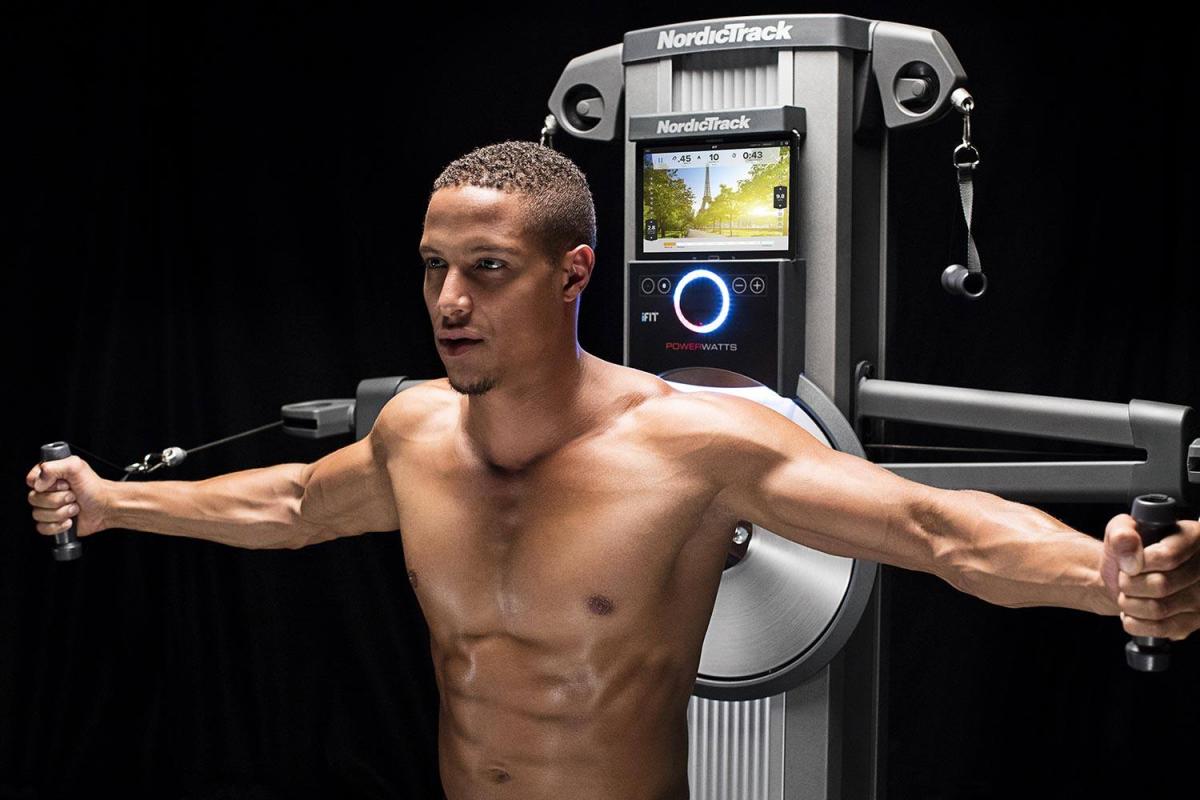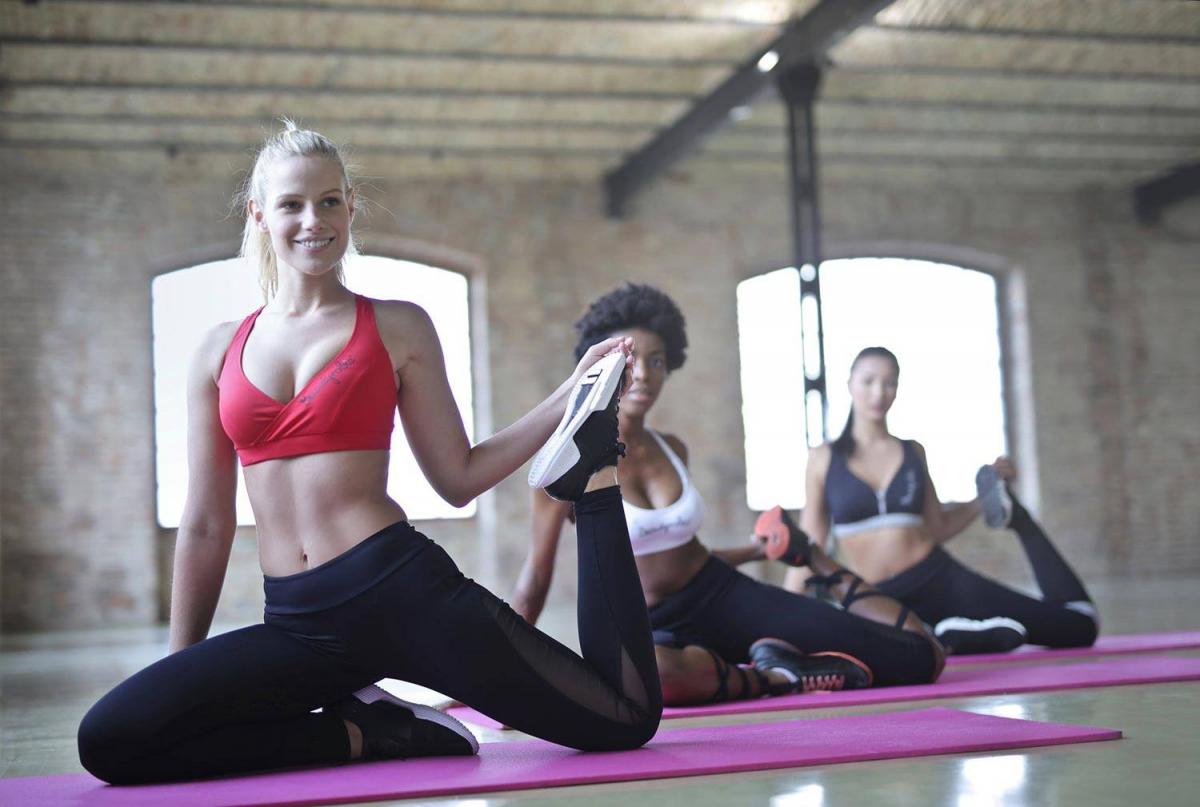Getting back into shape after an injury isn’t always easy. You’re nervous about potential pain, bothered by your diminished ability, impatient about the long recovery time ahead of you, and not sure about the best way to rehab. Worse, you just might not feel motivated. But what if you could work out from home?
The benefits of working out from home for a smooth recovery

You’ve been injured, and it is bad enough that you had to stop all athletic activity. Now you’ve lost strength, flexibility and stamina. You’ve got a long rehab stint ahead of you before you can get back to your usual sports routine. The longer you’ve been laid up, the longer it’ll take to get back to your previous level.
In the meantime, you need to find a risk-free way to prepare your body for whatever your favorite sport may be. Don’t even think of playing a contact sport like football until you’re back in playing shape. You should be looking for an activity that will enable you to do both cardio and strength training, something that offers the chance to make steady progress and help you to reattain your pre-injury level. Finally, you need to go at your own pace. If you’re part of a team, you need to be a little selfish in the short term and concentrate on your health without thinking about your teammates. That way, down the road, you’re 100% healthy and able to contribute when your body is ready.
So, what’s the best way to get to where you need to go? Home fitness. With a treadmill, rowing machine, exercise bike, elliptical or NordicTrack’s complete Fusion CST trainer, you can create your own tailor-made program and work out right at home. No pressure no training schedule, and no pushy coach!
Know your body

Good for you: you’ve decided to work out at home. Now, you need to choose the device that will best help you to overcome your particular injury. So, what’s it going to be? If you’re recovering from a broken wrist, you’re not going to start playing football or basketball again right away – one fall or hard impact on the wrist, and you’re back to square one. A rowing machine won’t work, though, because it will put too much pressure on your fragile wrist. A treadmill would be better as you’ll get a good cardio workout while you build muscle.
What if it’s a broken leg that’s on the mend? In this case, your doctor might recommend riding an exercise bike: it will re-strengthen your legs and get your joints working again. And your leg won’t have to support your body weight on the bike. Also, your bone can heal without concern over the harmful vibrations or impact associated with a treadmill, for example.
But it’s not just a choice of what kind of device. It’s also about the quality of the machine you choose: an exercise bike or elliptical must be heavy enough that it provides the stability you need. A treadmill has to be long and wide enough to allow for your natural strides without risk of bumping up against the console.
Tips for a successful return to form

Follow these tips to help ensure a fast and balanced training routine that will lift your spirits with every session.
- Maintain a healthy lifestyle – When rehabbing an injury, it’s even more important to think “global”: you need a balanced diet, sufficient sleep, and plenty of liquids. Remember that despite your injury and downtime, you are always an athlete. Act like one!
- Listen to your body – When you resume athletic activity after an injury, you must stay in touch with your body. Pay attention to the slightest pain or tension.
- Don’t forget the importance of starting every workout with a proper warm-up. This will help to jump-start your muscles, which need the extra preparation after a period of low use.
- Get into a routine – Set up your next day’s session before you go to sleep. Whether you end up only doing 10 minutes of exercise, or if you go 45 minutes straight, the key is planning. It’ll help keep you motivated, as you’re less likely to skip a session or stop altogether if you’ve already planned something out the day before.
- Challenge yourself – Your progress will be determined by your positive state of mind, so don’t set unrealistic goals for yourself. However, that shouldn’t stop you from setting attainable objectives that will serve as motivation. For example, don’t just say, “Tomorrow, I’m going hard for 60 minutes.” Instead, tell yourself, “My next goal is to reach 45 minutes. After I’ve accomplished that, I can try for 60.” Don’t put too much pressure on yourself, and don’t get hung up on an overly defined timeframe.
- Reward yourself – On your home fitness device, your console will display your progress. Each time you reach an objective you’ve set, reward yourself: dinner with friends, or a movie. Whatever gives you a bit of pleasure. The key is to see each new bit of progress as a small victory!
This advice will help to get you back to the level you were at before your injury. Now it’s up to you to take the first step! Learn about NordicTrack’s full range of fitness equipment options and choose the one that will guide you on your path to total recovery. Count this as that first of many small victories to come!
We recommend
Using A Treadmill To Get Back Into Shape After Giving Birth
Your child is born, and you’re feeling happy, but you really want to start running again, just as you did before you were pregnant. Of course, running right after delivery is out of the question…
Using An Elliptical To Get Back Into Shape After Giving Birth
The elliptical is one of the most complete home fitness machines. Most importantly, it reproduces natural body movements, enabling you to regain your figure with ease. It’s an excellent choice…
Get On The Bike To Get Back In Shape!
Did you have to put athletic activity on hold due to injury? Or maybe you couldn’t find the time (or the motivation) to work out regularly? Whatever the reason, it’s time to get back into the habit…
How Long After Giving Birth Should You Wait To Use An Exercise Bike?
Working out after giving birth is a good way to get back in shape and boost your energy. Toning the entire body, an exercise bike is a great way to train after a pregnancy. But don’t resume your training regimen…
Getting Back Into Form After A Long Layoff: Why Not Try Out A Treadmill?
If you’ve suffered an illness or accident that required a long period of rest and has prevented you from performing athletic activity, it’s normal to feel run down and without energy. You might have…
